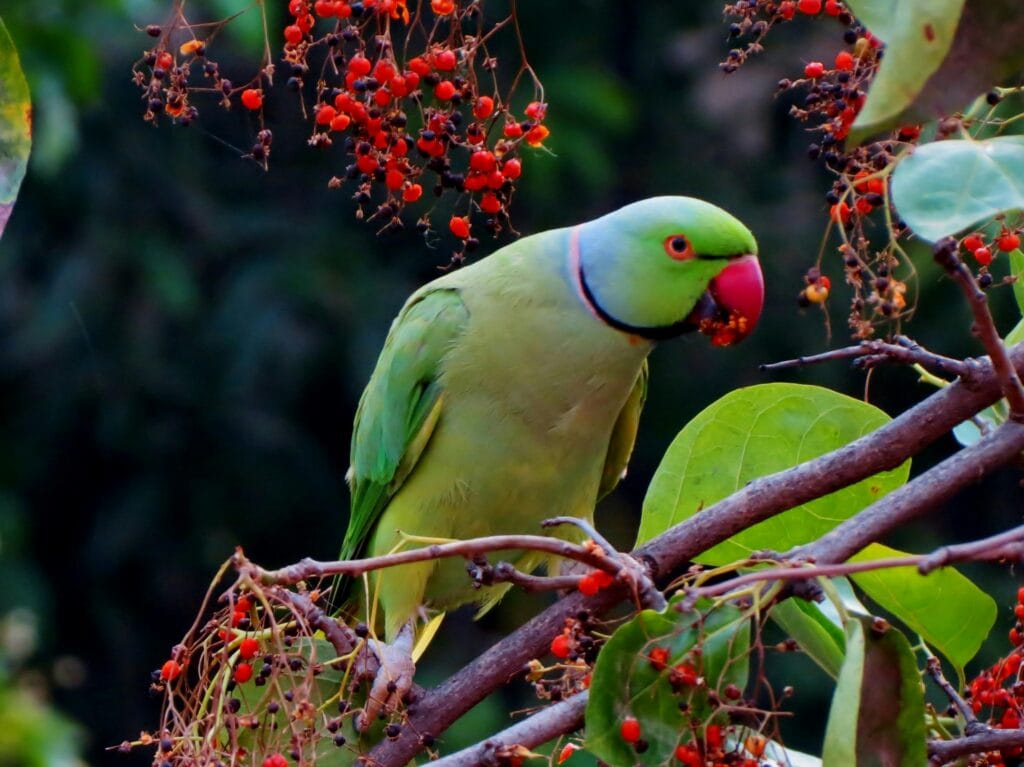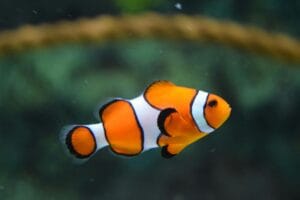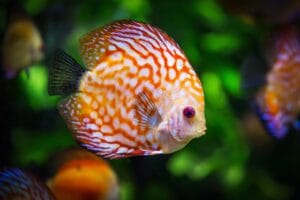birds a Feathered Symphony: The Fascinating World of Birds

Introduction to the World of Birds
Birds, with their feathered elegance and melodic calls, have captivated human fascination for centuries. These avian creatures, representing over 10,000 species worldwide, are an integral part of Earth’s biodiversity. From the smallest hummingbird flitting through the air to the majestic albatross soaring over oceans, birds inhabit nearly every corner of the planet. Their remarkable adaptability has allowed them to thrive in environments as diverse as tropical rainforests, desolate deserts, and frigid tundras. The sheer variety in size, color, and behavior among bird species offers an unparalleled glimpse into nature’s boundless creativity.
Table of Contents
The Global Presence and Diversity of Bird Species
The global distribution of birds is nothing short of astounding. They are found on every continent, from the bustling cities of humans to the isolated reaches of the Arctic. Each region offers its own unique species, some of which have evolved to thrive in extreme conditions. Consider the emperor penguin of Antarctica, a bird that endures freezing temperatures and treacherous winds, or the Andean condor, gliding over towering mountains in South America. This extraordinary diversity is a testament to the evolutionary ingenuity that has shaped birds over millions of years, allowing them to colonize the planet with such success.
Significance of Birds in Nature and Culture
Beyond their physical presence, birds have long held a place of significance in human culture and mythology. Ancient civilizations revered them as messengers of the gods, while their feathers were used as symbols of power and status. In nature, birds play crucial ecological roles. They are pollinators, seed dispersers, and even environmental indicators, often being the first to show signs of ecological disturbance. Their importance to indigenous cultures and modern society alike underscores their irreplaceable value, both as symbols of freedom and as integral components of the natural world.
Anatomy and Adaptations
Birds possess a range of anatomical adaptations that set them apart from other animals, most notably their feathers, which provide both insulation and the aerodynamic structure required for flight. Hollow bones reduce their overall weight, enabling greater agility in the air, while specialized muscles give them the power needed to take off and sustain flight. Their sharp vision is unrivaled in the animal kingdom, allowing them to spot prey from great distances or navigate through dense forests. Some species, like owls, have developed silent flight to hunt with stealth, while others, such as ducks, have waterproof feathers suited for aquatic life. These physical characteristics reflect the birds’ evolutionary history, shaped by their environments and the demands of survival.
Unique Features that Enable Flight
Flight is perhaps the most defining characteristic of birds, and its mastery relies on a complex combination of physiology and physics. Wings, fashioned from layers of overlapping feathers, are highly efficient at slicing through the air. The aerodynamic shape of a bird’s body further enhances its ability to move effortlessly through the skies. Their lightweight skeleton, combined with the power of pectoral muscles, provides the lift needed for sustained flight, whether in short bursts or long migratory journeys. Additionally, birds possess a specialized respiratory system that enables them to take in oxygen more efficiently than most other animals, a necessity for high-energy activities like flight.
Physical Adaptations for Survival in Various Environments
Not all birds fly, and even those that do have evolved physical traits to adapt to their specific habitats. Birds of prey, such as eagles, have sharp talons and hooked beaks designed for tearing flesh, while seed-eating birds possess strong, conical beaks for cracking hard shells. Insectivores like woodpeckers have long tongues to extract insects from tree bark, while wading birds have long legs and beaks suited for foraging in shallow waters. These adaptations reflect the remarkable ways birds have evolved to exploit the resources of their respective environments, ensuring their survival in a diverse range of ecosystems.
Bird Behaviors
Bird behavior is as varied and intricate as their physical forms. From elaborate courtship dances to communal roosting, their behaviors offer insight into their social structures and survival strategies.
Mating Rituals and Nesting Practices
Mating rituals in birds are often elaborate displays of color, song, and movement, designed to attract the attention of potential mates. Birds of paradise, for instance, are known for their vibrant plumage and theatrical courtship displays, while peacocks fan out their iridescent tails in a dazzling spectacle. Nesting practices are equally diverse, ranging from the meticulously woven nests of weaver birds to the simple scrape nests made by shorebirds. Many species display extraordinary care in selecting nest sites and raising their young, with some going to great lengths to protect their offspring from predators.
Migratory Patterns and Their Importance in Ecology
Migration is one of the most extraordinary phenomena in the avian world. Each year, millions of birds embark on arduous journeys across continents, guided by instinct and the Earth’s magnetic fields. Migratory species like the Arctic tern, which travels from the Arctic to the Antarctic and back again, demonstrate astonishing endurance. These migrations are vital for maintaining ecological balance, as birds help regulate insect populations, pollinate plants, and disperse seeds across vast distances. The decline in migratory bird populations due to climate change and habitat destruction poses significant threats to ecosystems globally.
The Role of Birds in Ecosystems
Birds play essential roles in maintaining the health and stability of ecosystems. As pollinators, they assist in the reproduction of flowering plants, while as seed dispersers, they aid in the spread of trees and shrubs. Raptors, on the other hand, help control populations of small mammals and other prey species, preventing overpopulation and maintaining balance within food chains.
Birds as Pollinators, Seed Dispersers, and Predators
Many species, such as hummingbirds, are vital pollinators, particularly in tropical ecosystems. Their long beaks and tongues are perfectly suited for sipping nectar from flowers, transferring pollen in the process. Frugivorous birds, like toucans, consume fruit and disperse seeds over large areas, contributing to forest regeneration. Birds of prey, including owls and hawks, keep rodent populations in check, thus preventing the overgrazing of vegetation and maintaining the health of ecosystems.
Birds’ Impact on Biodiversity and Ecosystem Balance
Birds, by their actions, significantly influence biodiversity. Their role as both predators and prey within ecosystems helps regulate species populations and fosters diversity. By participating in intricate food webs, birds ensure that no single species dominates, promoting a balanced environment that supports a wide array of life forms. Without them, the delicate equilibrium of many ecosystems would be at risk.
The Symphony of Bird Songs
One of the most enchanting aspects of birds is their ability to produce complex vocalizations, filling the air with a symphony of sounds. From the dawn chorus of songbirds to the haunting cries of nocturnal owls, birds communicate in myriad ways, using their calls to establish territory, attract mates, and warn of danger.
Why Birds Sing: Communication, Mating Calls, and Territory
Birdsong is not merely for aesthetic enjoyment; it serves practical purposes essential to survival. Male birds often use their songs to court females, with the most melodious or complex singers gaining an advantage in mating. Territorial birds, such as robins, use their calls to warn rivals to stay away, while alarm calls signal danger to the flock. Each species has its own unique set of calls, tailored to its specific needs and environment.
The Complexity and Beauty of Different Bird Songs Around the World
From the melancholic flute-like calls of the common nightingale to the mechanical, staccato notes of the lyrebird, birdsong varies widely across species and regions. Some birds are even capable of mimicking the sounds of other animals or man-made noises, adding another layer of complexity to their vocal repertoire. This diversity of sound enhances the richness of natural soundscapes and provides an auditory connection to the wild.
Conservation Efforts for Birds
Despite their importance, birds face a myriad of threats in today’s rapidly changing world. Habitat destruction, climate change, and pollution are just a few of the challenges pushing many species to the brink of extinction.
Threats to Bird Populations: Habitat Destruction, Climate Change, and Pollution
Urbanization, deforestation, and agricultural expansion have led to the loss of critical habitats for many bird species. Climate change is shifting migration patterns and altering ecosystems faster than birds can adapt. Additionally, pollution, particularly plastic waste and pesticides, poses serious risks to both aquatic and terrestrial bird populations.
Current Global Efforts to Protect Bird Species
Around the world, conservationists are working tirelessly to safeguard birds and their habitats. Initiatives such as protected nature reserves, habitat restoration projects, and legal protections for endangered species are crucial steps in preserving avian biodiversity. Public awareness campaigns and citizen science projects, like birdwatching and data collection, also play a vital role in conservation efforts.
Conclusion: Why Birds Matter
Birds, with their beauty and ecological significance, are irreplaceable members of the global ecosystem. They serve as indicators of environmental health, and their loss would have profound implications for the world as we know it. By appreciating the vital role birds play, we can inspire greater efforts to conserve and protect them for future generations.
How Individuals Can Contribute to Bird Conservation
Every individual can make a difference. Simple actions such as supporting bird-friendly policies, reducing pesticide use, and creating bird habitats in urban areas can all contribute to the preservation of these remarkable creatures. Bird conservation is not just the responsibility of scientists and policymakers—it is a shared mission for all who value the splendor and diversity of life on Earth.



